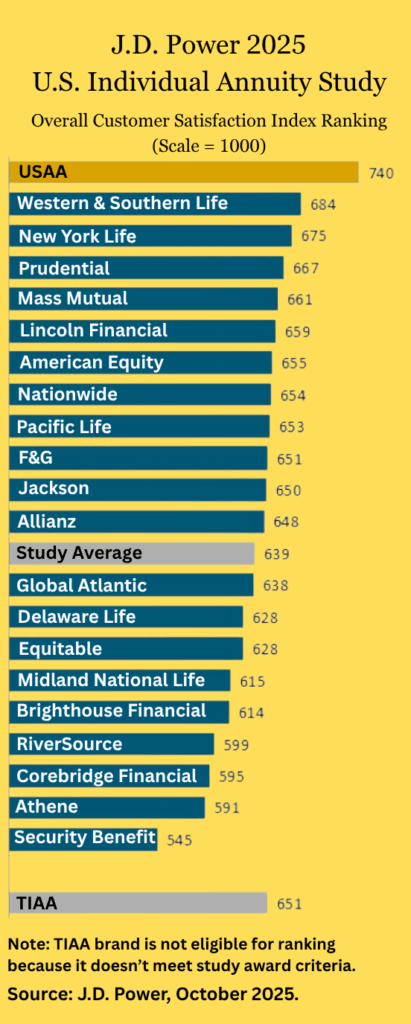
A Flood of ‘Flow Reinsurance’
Flow reinsurance involves the ongoing, immediate transfer of risks from a life insurer to a reinsurer as soon as annuities are issued. Life/annuity companies have used flow reinsurance for at least 15 years, but it’s growing fast. (Photo: Gullfoss in Iceland.)


